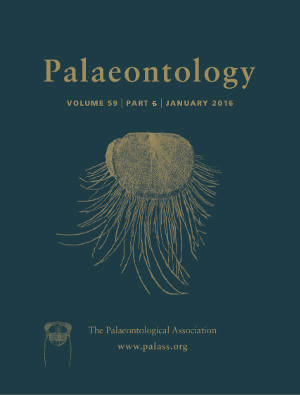Reg. Charity No. 1168330

We examined bristle‐like appendages on the tail of the Early Cretaceous basal ceratopsian dinosaur Psittacosaurus with laser‐stimulated fluorescence imaging. Our study reveals previously unknown details of these structures and confirms their identification as integumentary appendages. For the first time, we show that most bristles appear to be arranged in bundles and that they exhibit a pulp that widens towards the bristle base. We consider it likely that the psittacosaur bristles are structurally and developmentally homologous to similar filamentous appendages of other dinosaurs, namely the basal heterodontosaurid Tianyulong and the basal therizinosauroid theropod Beipiaosaurus, and attribute the greater robustness of the bristles of Psittacosaurus to a higher degree of cornification and calcification of its integument (both skin and bristles). Although the psittacosaur bristles are probably homologous with avian feathers in their origin from discrete cell populations, it is uncertain whether they developed from a follicle, one of the developmental hallmarks of true feathers. In particular, we note a striking resemblance between the psittacosaur bristles and the cornified spine on the head of the horned screamer, Anhima cornuta, an extant anseriform bird. Similar, albeit thinner keratinous filaments of extant birds are the ‘beard’ of the turkey, Meleagris gallopavo, and the crown of the Congo peafowl, Afropavo congensis. All of these structures of extant birds are distinct from true feathers, and because at least the turkey beard does not develop from follicles, detailed future studies of their development would be invaluable towards deepening our understanding of dinosaur filamentous integumentary structures.